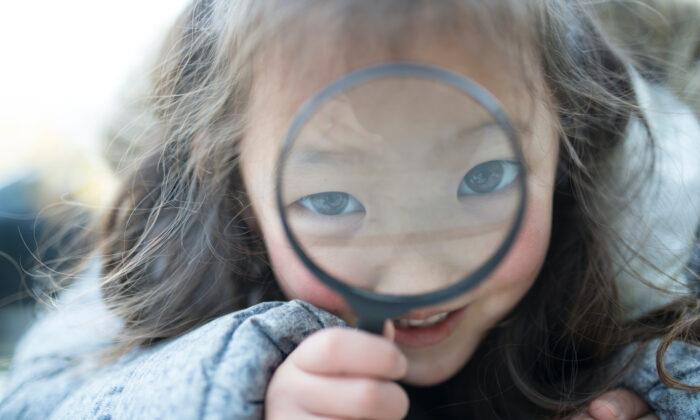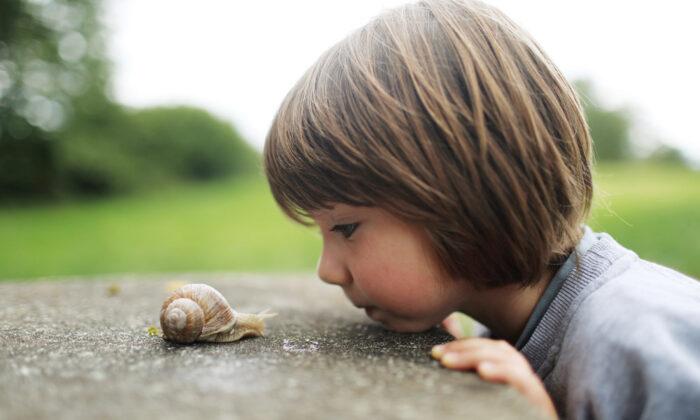Have you ever behaved in a way not typical for you?
If you cared enough to ask yourself why, did you find that a feeling had hijacked your heart?
For instance, for me, it’s a critical spirit.
This is the opposite of who I want to be, so when I realize I’ve been critical, I’ve learned to look inside. It’s much easier to blame others. (She made me do it!) But taking personal responsibility matters. Unwanted feelings like jealousy, disappointment, pride, or insecurity influence my choices. When I work on my heart, the behavior stops.
Why Are Emotions Difficult for Children and How Can We Help?
Challenging times. In the past 18 months, because of health concerns, the quarantine, and loss of what children could depend on (school, church, athletics, time with friends and family, and more), many children of all ages are reporting that they’re depressed, anxious, or stressed.Concerned parents are asking their children, “Are you depressed?”
But it may be unreasonable to expect children to know. They don’t know what depression feels like. They may not know what “too much stress” or anxiety feels like. What if asking the question increases their stress? And many tell me they’re afraid to answer “yes” because they don’t know how we’ll respond.
Rather, let’s describe what we notice that causes us to ask about depression and stress. For instance, “Jake, normally you’re very patient when playing games with Dave. We’ve noticed you’re not lately. What’s up?” And “Beth, I miss our talks while you hang out in the kitchen and help me fix dinner. You’re choosing to isolate. What’s up?” You could add something like, “Because our feelings change our behavior, we’re just wondering how you’re doing.” And “How can I help?”
Vocabulary
Boys’ emotional vocabulary is not as robust as girls’, so it’s harder for them to answer questions about their feelings. This is a reason “Okay” is a frequent answer to “How are you doing?” and “How are you feeling?” Girls can answer in the same way, but they have an emotional thesaurus in their mind. If they trust us and want to take the time, they can usually answer the questions. They may be frustrated, upset, angry, confused, jealous, and disappointed. Boys are safe saying they’re “angry.” But there are almost always other feelings, too. Anger is caused by something.We can teach boys emotional vocabulary and how to assign accurate vocabulary to their feelings. We can use accurate words to describe our feelings and explain why we’re frustrated, but not angry. Or why we’re jealous and how we didn’t let it result in anger.
When asking boys (especially) how they’re feeling, we can give them choices based on what we think might be going on. For instance, “Do you think you’re mostly frustrated or confused?” “Are you more content or joyful?” We can invite them to explain their choice and we can provide helpful feedback.
Technology. Technology causes children to believe they can be happy all the time. Tech is new, all around them, easy, quick, and they get to choose much of what they do with it. As a result, they have a hard time with “hard” emotions. They may tend to stuff grief, fear, and disappointment rather than process them.
We can model that those hard emotions are a fact of life. We can explain how we handle loss, grief, sadness, and the like. When children bravely share that they’re feeling something challenging, we can listen longer, help them find the words they need, and thank them for trusting us with their hearts.
Vulnerability Isn’t Easy
For reasons already mentioned, being transparent, authentic, and vulnerable don’t come naturally to young people. If you want kids to go deep and share details, talk with them without their siblings present. As an example, the dinner table is a place for light conversations, devotions, and sharing quick highlights and low points of everybody’s day. Don’t expect deep conversations about personal things unless the topic is relevant to everyone.To make vulnerability more likely, try talking in the dark at bedtime.
Children tell me frequently that it’s easier for them to be open when they can’t see the fear or disappointment on our faces. Also, going for a car ride or a walk is wise. Again, extended eye contact isn’t possible.
Boys will open up more when they’re busy doing something. So when you go for a walk, let them kick a rock. Girls may be able to handle talking while you sit with them. Boys need to be doing something—building with blocks, shooting hoops, doing a jigsaw puzzle, weeding the garden with you, or playing a favorite game.
Perhaps you’ve been frustrated that children tell you about how they’re feeling or what’s going on, but don’t elaborate. You start asking questions, which causes them to get mad that you always must know more, are never satisfied, and make every conversation into an interrogation.
One Final Suggestion
We want children to feel their feelings and to process them. We want them to understand their feelings and their feelings’ effects. Sometimes being distracted helps the processing. Children won’t feel as overwhelmed. They may make progress without trying.Spending time outside might be the perfect idea. Try it. Send your kids outside when they’re frustrated, stressed, and tending toward depression. Their dark bedroom full of technology won’t help them. Being outside, sometimes with you, will.
My friend Ginny Yurich says it this way: Nature provides many different types of safeguards to help kids as they navigate depression or anxiety. Exposure to full-spectrum sunlight, for example, causes the body to release serotonin—that “feel good” chemical. Kids often go from sad to glad when we change from an indoor environment to an outdoor environment.




